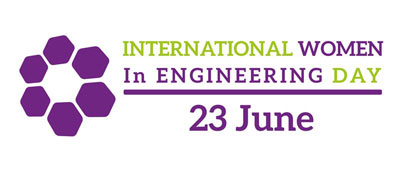 June 23rd is International Women in Engineering Day (INWED), which is an annual event sponsored by the Women’s Engineering Society (WES). INWED is an international awareness campaign intended to celebrate the work of women in engineering and inspire the next generation of innovators. National Women in Engineering Day was launched for the first time in the UK on June 23, 2014 by WES and became international for the first time in 2017 due to enthusiasm from an international audience.
June 23rd is International Women in Engineering Day (INWED), which is an annual event sponsored by the Women’s Engineering Society (WES). INWED is an international awareness campaign intended to celebrate the work of women in engineering and inspire the next generation of innovators. National Women in Engineering Day was launched for the first time in the UK on June 23, 2014 by WES and became international for the first time in 2017 due to enthusiasm from an international audience.
 We take great pride in the intellect and integrity of our employees. In honor of this day, we wanted to highlight one of our engineers at Dwyer, Angela Wiscons. Angela is a Key Account Manager at Dwyer and has been with the company since 2018.
We take great pride in the intellect and integrity of our employees. In honor of this day, we wanted to highlight one of our engineers at Dwyer, Angela Wiscons. Angela is a Key Account Manager at Dwyer and has been with the company since 2018.
What sparked your interest in becoming an engineer?
I think I became interested in engineering probably a long time before I even knew what the word “engineering” meant. When I was really young, I was interested in math in school and I was really fortunate that I had a lot of teachers who supported that part of me and helped me develop those skills.
I think I’m also really fortunate I had parents who supported my interests in math and reading. My dad was a structural engineer, so he would always take time to point out different structures around me, like trusses and bridges. I think that inspired that interest at a young age. And my mom always inspired me to read, so I remember reading a lot of stories with strong female characters who were courageous in pursuing what they were interested in and standing up for what they believed in. That definitely helped me shape myself and what I wanted to go into.
What is your favorite part about your job?
My favorite part about my job is being able to feel productive every day by solving problems. It really gives me a high level of satisfaction that I can come into work and know that there are a set of things that I want to resolve in a productive way for somebody.
What advice do you have for other women interested in engineering?
If you have any part of you that thinks that you want to pursue the field of engineering or that you think you could be an engineer, don’t let anything hold you back. A lot of times, people hold themselves back by thinking that they’re not smart enough or they’re not good enough, but trust me, you can do it! So if you want to pursue it, you’ve got to go for it! It will be the best and most rewarding thing you do.
For more information about International Women in Engineering Day, please visit the INWED website. And to all of the women engineers out there, we appreciate all that you do!
 Continue reading “Protecting Lunar Samples from Contamination”
Continue reading “Protecting Lunar Samples from Contamination”
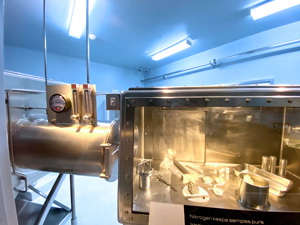

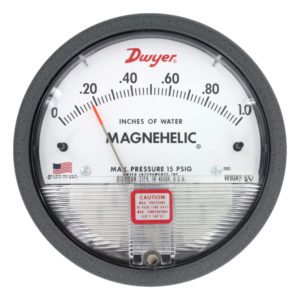
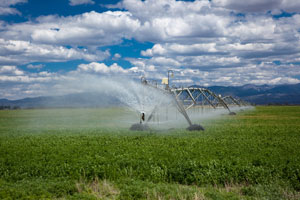
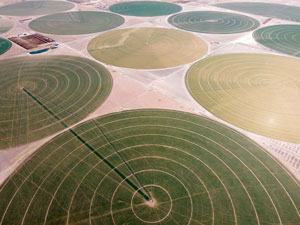 You arrive at a large field, small sprouts peeking out of the soil. At the center of the field lies a structure connected to a span of pipe from which sprinklers hang. Trusses brace and support its weight. From the air, this field would appear to be a perfectly circular patch of green.
You arrive at a large field, small sprouts peeking out of the soil. At the center of the field lies a structure connected to a span of pipe from which sprinklers hang. Trusses brace and support its weight. From the air, this field would appear to be a perfectly circular patch of green.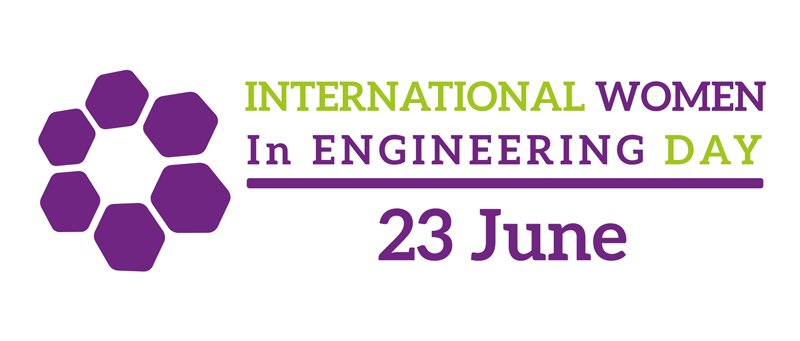
 June 23rd is
June 23rd is  We take great pride in the intellect and integrity of our employees. In honor of this day, we wanted to highlight one of our engineers at Dwyer, Angela Wiscons. Angela is a Key Account Manager at Dwyer and has been with the company since 2018.
We take great pride in the intellect and integrity of our employees. In honor of this day, we wanted to highlight one of our engineers at Dwyer, Angela Wiscons. Angela is a Key Account Manager at Dwyer and has been with the company since 2018.